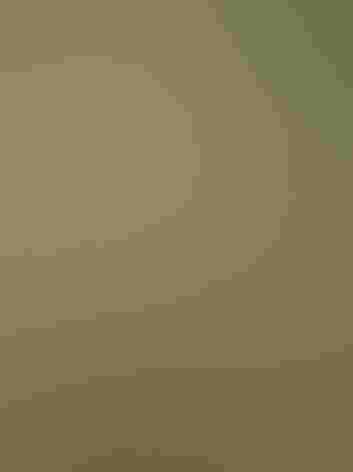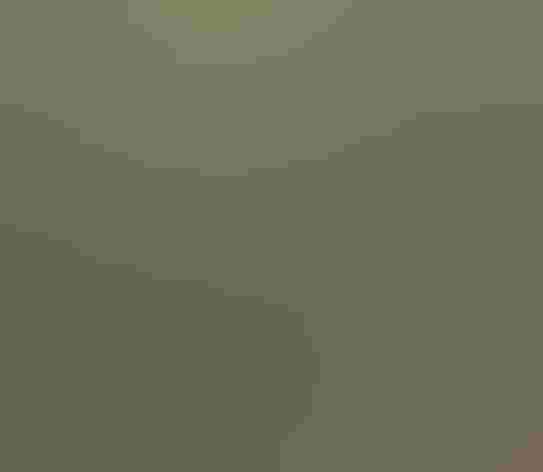Bobolink
At a Glance
Fluttering over meadows and hayfields in summer, the male Bobolink delivers a bubbling, tinkling song which, loosely interpreted, gives the species its name. The male is unmistakable in spring finery, but before fall migration he molts into a striped brown appearance like that of the female. Bobolinks in this plumage were once known as 'ricebirds' in the South, where they occasionally used to cause serious damage in the ricefields.
All bird guide text and rangemaps adapted from Lives of North American Birds by Kenn Kaufman© 1996, used by permission of Houghton Mifflin Harcourt Publishing Company. All rights reserved.
Category
Blackbirds and Orioles, Perching Birds
Conservation
Low Concern
Habitat
Fields, Meadows, and Grasslands, Freshwater Wetlands, Saltwater Wetlands, Shrublands, Savannas, and Thickets
Region
California, Eastern Canada, Florida, Great Lakes, Mid Atlantic, New England, Northwest, Plains, Rocky Mountains, Southeast, Southwest, Texas, Western Canada
Behavior
Direct Flight, Flap/Glide, Hovering
Population
10.000.000
Range & Identification
Migration & Range Maps
Migrates in flocks. A long-distance migrant, wintering in southern South America, traveling mostly via Florida and the West Indies, with few occurring in Mexico or Central America.
Description
7" (18 cm). Spring/summer male unmistakable, black below with much white on back, yellow on nape. In late summer he molts to pattern like female and young's: buffy, streaky, with black stripes on crown. Compare to sparrows.
Size
About the size of a Crow, About the size of a Robin
Color
Black, Brown, Tan, White, Yellow
Wing Shape
Pointed
Tail Shape
Multi-pointed, Rounded
Songs and Calls
Flight song is a series of joyous, bubbling, tumbling, gurgling phrases with each note on a different pitch. Call a soft pink, often heard on migration.
Call Pattern
Complex, Falling, Undulating
Call Type
Buzz, Chirp/Chip, Trill
Habitat
Hayfields, meadows. In migration, marshes. Original prime breeding areas were damp meadows and natural prairies with dense growth of grass and weeds and a few low bushes. Such habitats still favored but hard to find, and today most Bobolinks in eastern United States nest in hayfields. Migrants stop over in fields and marshes, often feeding in rice fields.
Sign up for Audubon's newsletter to learn more about birds like the Bobolink
Behavior
Eggs
5-6, sometimes 4-7. Grayish to pale reddish brown, heavily blotched with brown and lavender. Incubation is by female only, about 11-13 days.
Young
Both parents feed the nestlings. Young leave the nest about 8-14 days after hatching, generally before they are able to fly. 1 brood per year.
Feeding Behavior
Forages for insects and seeds both on the ground and while perched up in grass and weed stalks. Except when nesting, usually forages in flocks.
Diet
Mostly insects and seeds. Majority of summer diet is insects, including beetles, grasshoppers, caterpillars, wasps, ants, and many others, also spiders and millipedes. Also eats many seeds of weeds, grasses, and grains. May feed more heavily on grain during migration, and in former times caused much damage in southern rice fields. In winter in the tropics, may also eat some berries.
Nesting
Males arrive before females on nesting grounds, and display by flying over fields with shallow fluttering wingbeats while singing. In courtship on the ground, male spreads tail, droops wings, points bill down so that yellow nape is prominent. Nest: Placed on the ground (or rarely just above it), well hidden among dense grass and weeds. Typical ground nest is a slight depression holding a shallow open cup of grass and weed stems, lined with finer grasses.
Climate Vulnerability
Conservation Status
Declining significantly in recent decades; loss of nesting habitat is a likely cause.
Climate Threats Facing the Bobolink
Choose a temperature scenario below to see which threats will affect this species as warming increases. The same climate change-driven threats that put birds at risk will affect other wildlife and people, too.









